
In his Tuesday State of the Union address, President Obama made a revealing comment about his administration’s strategy for dealing with Al Qaeda:
to meet this threat, we don’t need to send tens of thousands of our sons and daughters abroad, or occupy other nations. Instead, we will need to help countries like Yemen, Libya, and Somalia provide for their own security, and help allies who take the fight to terrorists, as we have in Mali. And, where necessary, through a range of capabilities, we will continue to take direct action against those terrorists who pose the gravest threat to Americans.
The latter part — referencing a “range of capabilities” — essentially points to a few key capabilities that the administration has beefed up in the past few years.
- Drones, drones, drones. Talk about a light footprint. Using drones to strike suspected terrorists incurs far fewer tactical costs, as well as political costs at home. We know drone strikes targeting al Qaeda members work in the short-term, but have no idea what the long-term implications of this policy are; some observers are quite pessimistic.
- Special forces. They are very popular — and are almost always depicted as heroes in the movies. Deploying special forces to trouble spots is far quicker and cheaper than moving battalions.
- The militarization of the CIA. In case you missed it, the Central Intelligence Agency has been involved in far more military-type operations (particularly with regard to drone strikes) in recent years. This reminds me of an op-ed by Amy Zegart, who argued last November that mixing the management of information with the management of violence is a decidedly bad idea.
This makes me think of two things:
- Counterterrorism operations are back in their proper proportion. It was a major mistake to have spent trillions of dollars tracking down and taking out Al Qaeda operatives. This should have been a light footprint operation all along, and it’s tragic that it has taken twelve years and thousands of lives to scale the counterterrorism mission back into its proper proportion. But there have been other costs to this process as well, including:
- The US presidency has far greater unchecked executive power than it did 5 years ago. The Obama administration’s increasing reliance on the intelligence community, drone operations that remain legally unsettled, and special forces that can be swiftly deployed and recalled before the President even informs Congress raises some serious concerns. This isn’t a new issue, but concerns over an unrestrained executive come into even starker relief when one evaluates the three trends above as a whole. Does the legislative branch exercise any oversight or authority regarding the management of violence today? And will it regain oversight in the future?

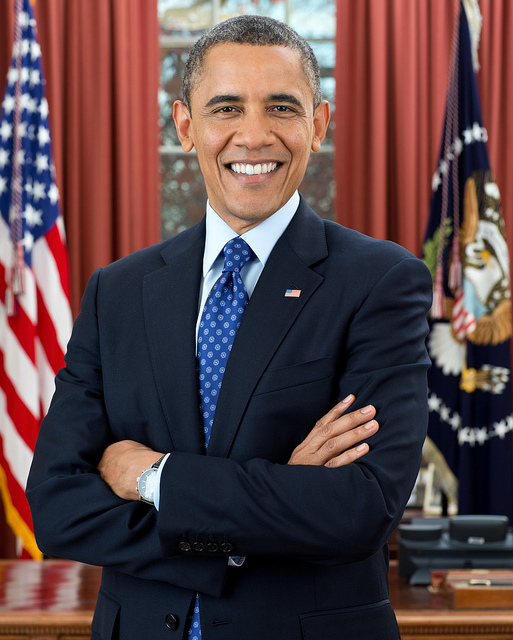
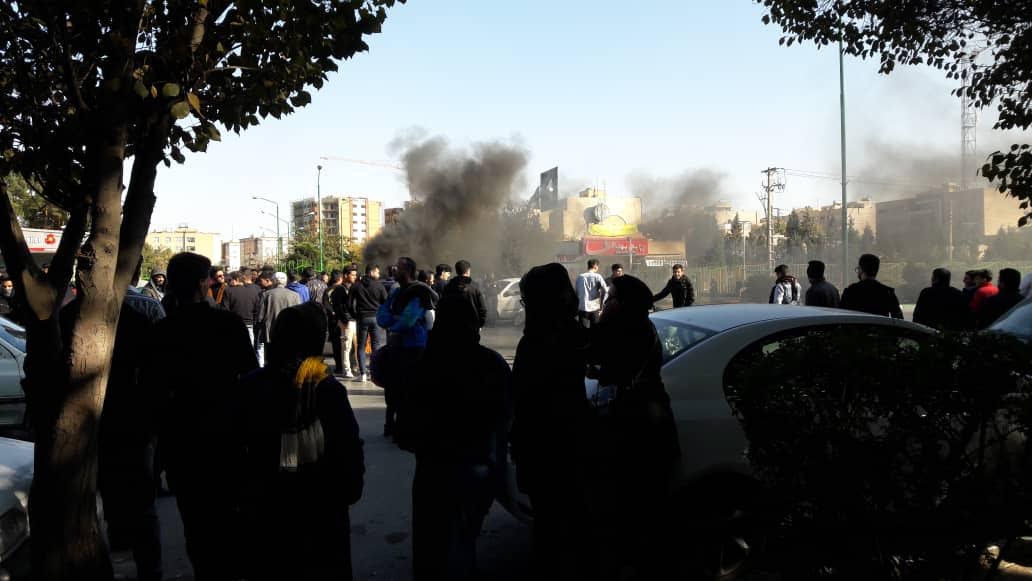
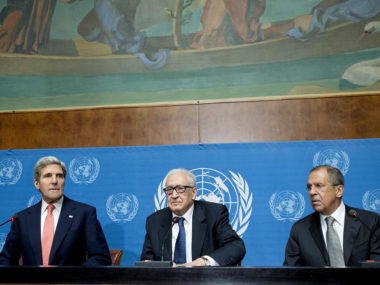
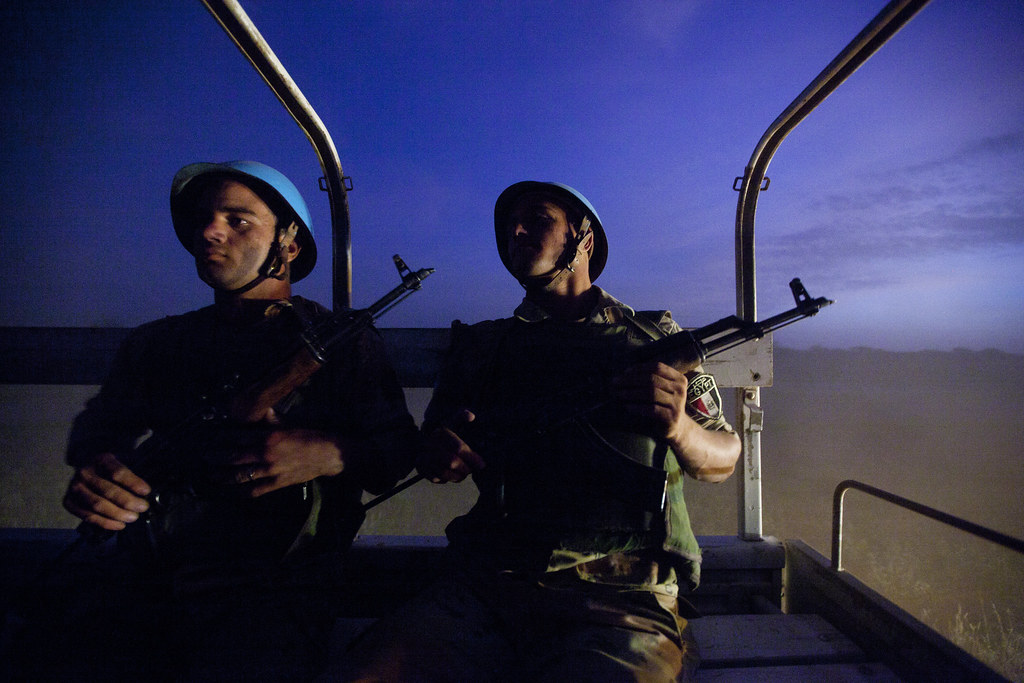

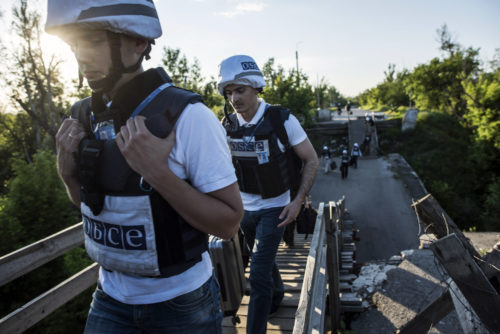
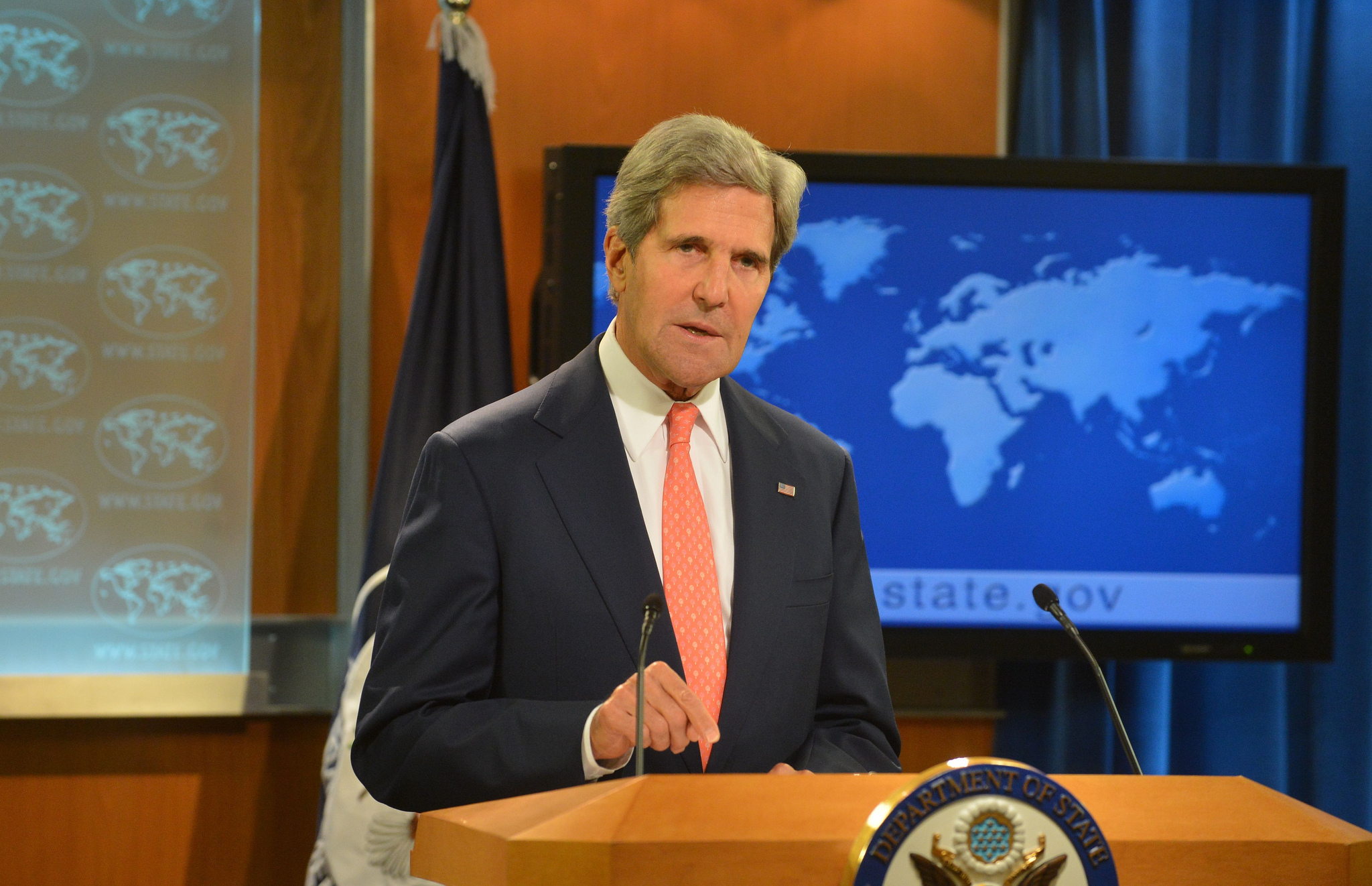
0 comments
‘range of capabilities’ also includes private military companies…